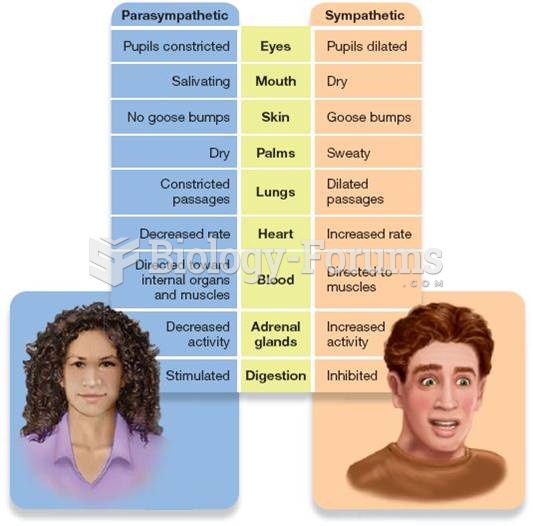This topic contains a solution. Click here to go to the answer
|
|
|
Did you know?
The most destructive flu epidemic of all times in recorded history occurred in 1918, with approximately 20 million deaths worldwide.
Did you know?
Cancer has been around as long as humankind, but only in the second half of the twentieth century did the number of cancer cases explode.
Did you know?
Human neurons are so small that they require a microscope in order to be seen. However, some neurons can be up to 3 feet long, such as those that extend from the spinal cord to the toes.
Did you know?
According to research, pregnant women tend to eat more if carrying a baby boy. Male fetuses may secrete a chemical that stimulates their mothers to step up her energy intake.
Did you know?
There are approximately 3 million unintended pregnancies in the United States each year.
 When does old age begin? And what activities are appropriate for the elderly? From this photo that I ...
When does old age begin? And what activities are appropriate for the elderly? From this photo that I ...
 How the Wernicke-Geschwind model works in a person who is responding to a heard question and reading ...
How the Wernicke-Geschwind model works in a person who is responding to a heard question and reading ...
 Apply effleurage to forehead with thumbs. Stroke from middle of forehead to the temples. Begin just ...
Apply effleurage to forehead with thumbs. Stroke from middle of forehead to the temples. Begin just ...




